Good morning, and welcome to Vittles! Today Marlowe Granados gives her perspective on the latest revival of the martini.
‘The martini is in, the martini is back,’ Roger Angell announced in a 2002 essay in the New Yorker. This could have been published yesterday, or in any decade of your choice dating back to the early twentieth century. As a bartender told the New York Times in 1959, ‘There is no question … that the most popular cocktail in the world today is the Martini.’ The pendulum has again swung: for at least a year everyone has been declaring that the martini is actually, really, back. In the past few months, I’ve seen articles about an $8,000 martini in the Hamptons that comes equipped with a ‘complimentary’ diamond necklace, and Philadelphia’s new ‘Philly-tini’ cream cheese-stuffed olives, which parent company KraftHeinz positions as the ideal martini garnish. There’s been a – perhaps not so welcome – introduction of flavour bases such as pasta water, or matcha, and I’ve witnessed the addition of rather monstrous garnishes, such as sardines. And, like the real martini enthusiasts who came before me, I have been aghast at these attempts to innovate what H L Mencken described as ‘the only American invention as perfect as the sonnet’.
I am a woman of specific preferences built from a life of experience. I hate when a French 75 is served in a tall glass, I don’t like a negroni too sweet, and if a cocktail takes too long for a bartender to make (the cursed mojito), forget it. I have no similar acuity when it comes to wine or beer – it’s the cocktail that is my boozy province.
My perfect martini is made with vodka, dirty, very dry – I’ll allow a sniff of vermouth but barely – and served in a chilled glass (serving any excess martini in a sidecar carafe on ice, so it doesn’t warm as you sip, is a nice touch). Some purists may argue that the platonic ideal of a martini contains gin, but my encounters with Mother’s Ruin tend to result in chaos worthy of Hogarth, so it’s best for society that I stick to vodka.
In Ernst Lubitsch’s 1946 film Cluny Brown, as a consequence to the eponymous heroine drinking her very first martini, she starts to squirm,
“It’s coming over me… that Persian cat feeling… Meeow, meeow!”
Now, a martini is the one thing I will send back if it’s not done to my liking. There have been countless times when I’ve had to explain that dry is not the opposite of dirty, and the two things can be true at once. Last summer, my friend’s two-year-old niece heard me complain about the vermouth ratio, and ‘Too wet! Too wet!’ was added to her growing vernacular.
I have a distinct memory of a scene in the 1958 film Auntie Mame in which the young nephew is mixing a martini and says, ‘Stir never shake, bruises the gin.’ Making a martini to the preferences of a guest is an art, and in the past, ordering one usually meant you knew what you were talking about and how you liked it. It was the preferred drink of countless artists and intellectuals who were known for their convivial lives. W Somerset Maugham, Patricia Highsmith, Ernest Hemingway and Luis Buñuel were all fans, and each had a preferred chemistry for their perfect martini. To be a staunch martini drinker is to put oneself within a lineage that was illustrious, sophisticated and, most of all, interesting. We live in a time when people are desperate for markers of taste and style, when everyone wants to cultivate an image. The martini is an easy entry point: drinking one borrows the sparkle of these glamorous characters for however long it takes them to get to the bottom of the glass. In its original form, a martini is like a Cartier watch. Simply put, it’s glamorous; just the glass recalls past eras of glitz, its shape lending an elegant gesture to even the coarsest hand that cradles it.
Why I find the latest martini craze odd is that, despite the added frills, one thing a martini will always be is strong. We are at a strange juncture when younger generations are drinking less, going out less and, I can only assume, having less fun. Alcohol companies’ growth is flatlining as demand slows. We are also living in a time when our public interactions as private citizens can easily end up online (God forbid a woman lets her hair down once in a while). But the joy of drinking a martini is never knowing exactly when it will hit you. Perhaps this is telling on my own alcohol consumption, but I just don’t think martinis are for dilettantes – they’re serious business! After drinking a couple, all social conventions are going to be thrown out the door. If you’ve ever been at Bemelmans Bar in the Carlyle in New York past a certain hour, you’ve witnessed the sheen of civility disintegrate. I should know: a man once threw up dangerously close to my Fendi heeled feet in the lobby. The concierge shook their head, having seen this before, and said, ‘One too many martinis.’
That’s why I’m so opposed to the contemporary rise of the mini martini. A martini cannot be microdosed; it goes against the original promise of what a martini does. Ordering one is making a pact with it and yourself. You are entrusting your destiny to a three-ounce glass. It’s a drink for when you’re about to embark on something – you need to make allowances for whatever loose debauchery may consequently unfold.
Patricia Highsmith wrote in her diaries, ‘I wonder if any moment surpasses that of the second martini at lunch, when the waiters are attentive, when all life, the future, the world, seems good and gilded.’
The three-martini lunch should be brought back just to separate the actual drinkers from the dabblers. Anne Sexton and Sylvia Plath drank three extra-dry martinis at the Ritz in Boston after Robert Lowell’s writing class. Patricia Highsmith wrote in her diaries, ‘I wonder if any moment surpasses that of the second martini at lunch, when the waiters are attentive, when all life, the future, the world, seems good and gilded.’ If advertising men got their ideas after these lunches, it seems that some of our most enigmatic women writers did too. It’s a lifestyle, and not a particularly admirable one, but serious martini drinkers ask, ‘Why not start my afternoon on a tilt?’
So, for those who want a photo cradling a martini to add a touch of chicness to the grid, know what you’re signing up for. For a generation obsessed with seeming a certain way, the martini could be the greatest foil to their carefully laid plans. In Ernst Lubitsch’s 1946 film Cluny Brown, as a consequence to the eponymous heroine drinking her very first martini, she starts to squirm, ‘It’s coming over me… that Persian cat feeling… Meeow, meeow!’ You may not recognise yourself after a couple, but you need to simply accept that as both terrifying and a lark – that’s the fun of it all.
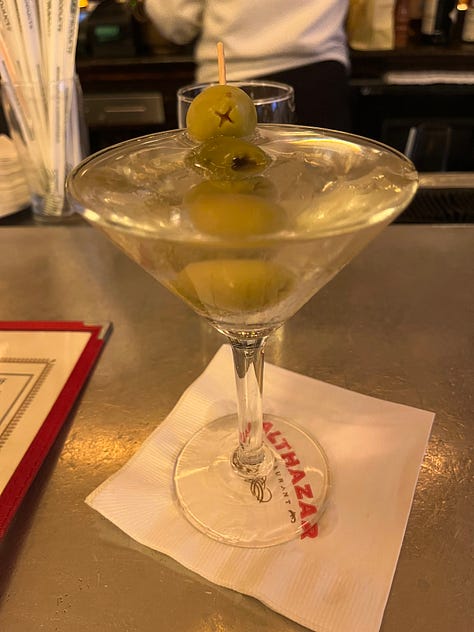
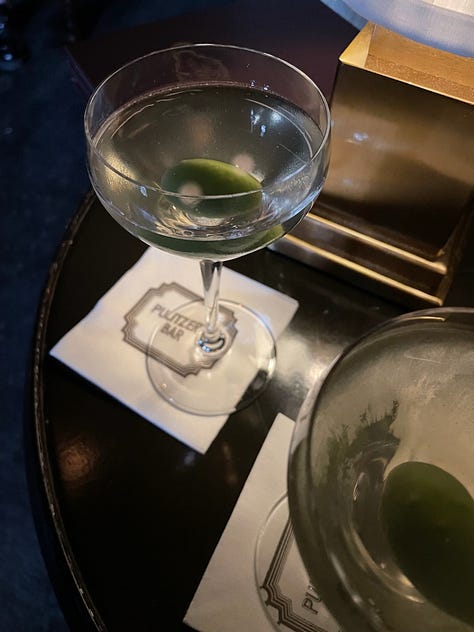
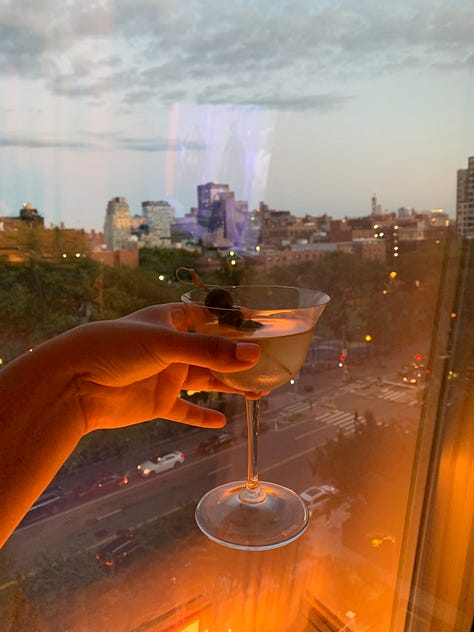


Credits
Marlowe Granados is the author of Happy Hour, a novel the New York Times called ‘confident, charismatic and alive to the pleasure of observation’. Her essays have appeared in the Guardian, NYMag, Harper’s Bazaar, The Baffler and more. She writes a newsletter called From the Desk of Marlowe Granados.
The full Vittles masthead can be found here.



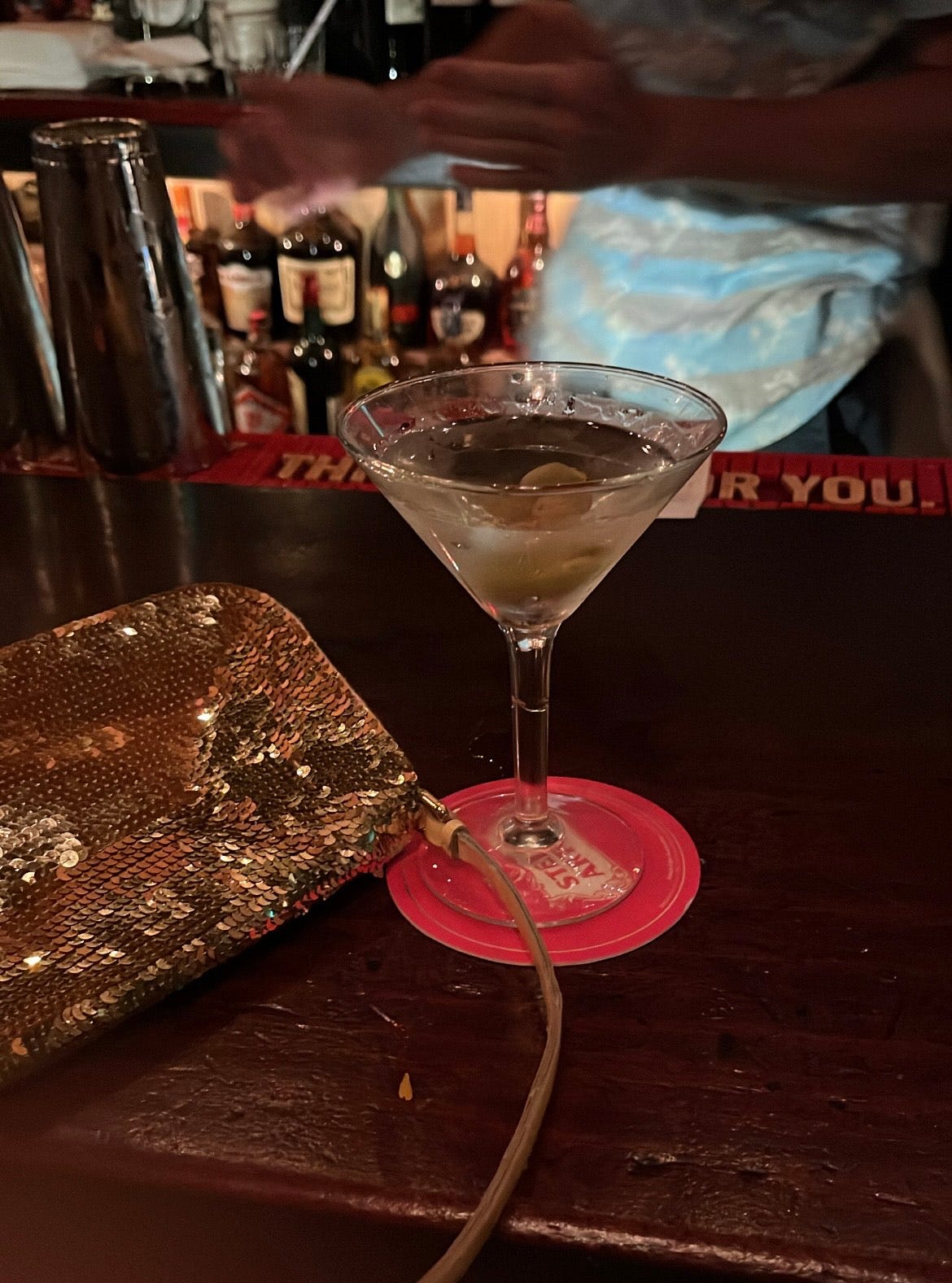
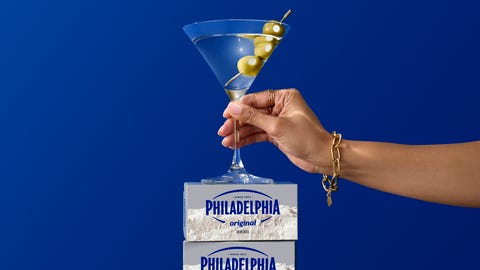
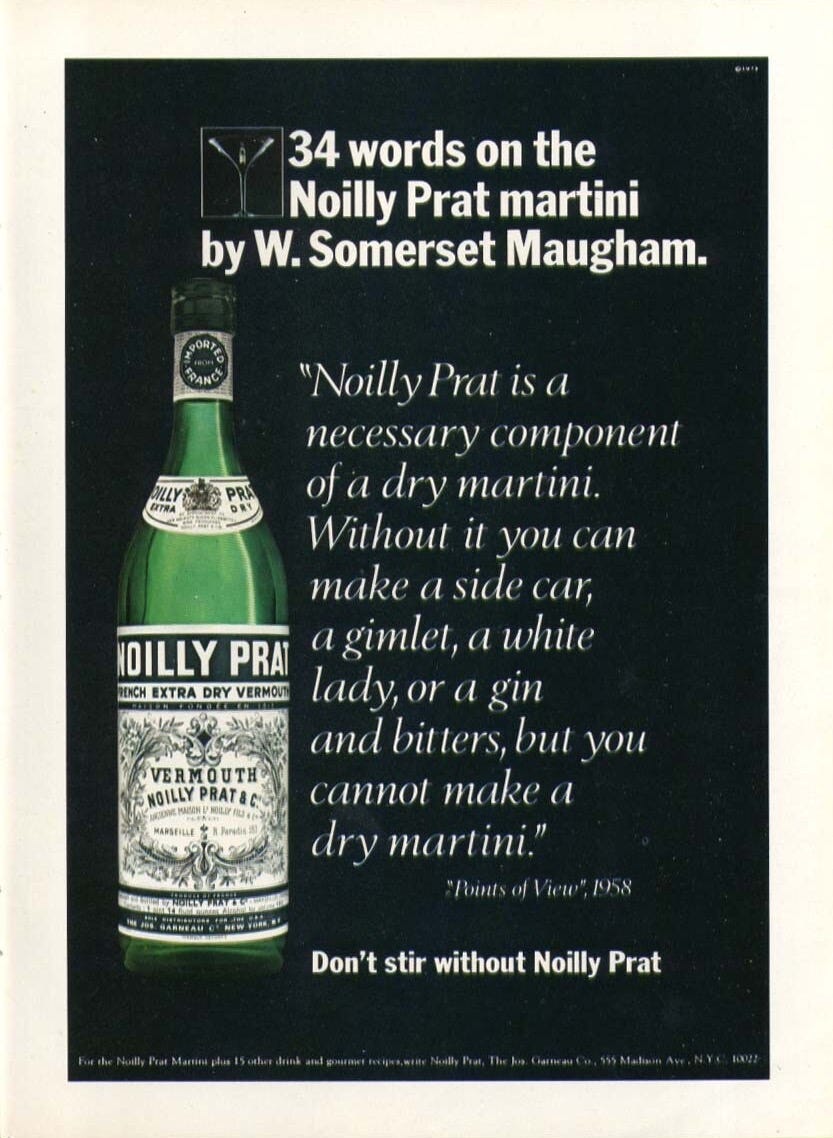
I once went to a pill doctor for an adderall prescription (turned out the issue was hating my job, not my inability to focus) and as he handed me the script, he said, “I always tell people, it’s like learning how to drink a martini: you never start with two.”
Great piece, but a vodka martini is not a martini…